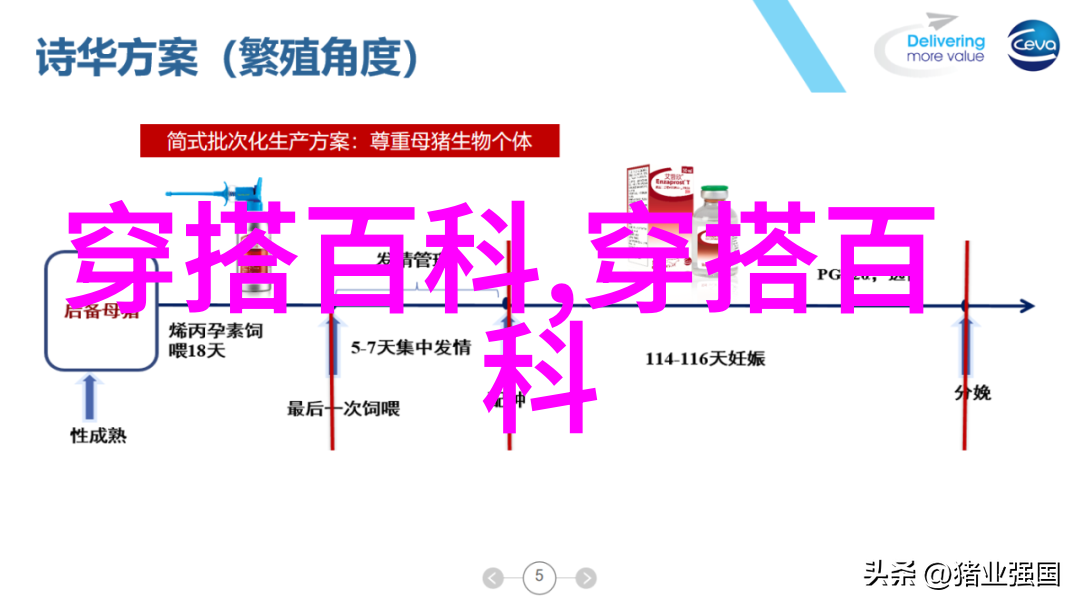Fast Fashion's Sustainable Shift: Embracing Eco-Conscious Style in the Digital Age

The Rise of Fast Fashion and its Environmental Impact
Fast fashion has revolutionized the way we consume clothing, with trendy styles available at an unprecedented speed and affordability. However, this convenience comes at a steep environmental cost. The textile industry is one of the largest polluters globally, responsible for 10% of global carbon emissions. Fast fashion contributes to this problem through its emphasis on cheap materials, low-quality production methods, and overproduction.

The Digital Age as a Catalyst for Change
The digital age has transformed not only how we shop but also how we perceive fashion itself. Social media platforms like Instagram have created new avenues for sustainable fashion brands to reach their target audience directly. Influencers can now promote eco-friendly products while sharing their personal experiences with sustainability initiatives.

Eco-Friendly Materials: A New Frontier in Textiles
Sustainable textiles are gaining traction as designers experiment with innovative materials that reduce waste and minimize environmental impact without compromising aesthetics or functionality. For instance, recycled polyester made from plastic bottles offers a more environmentally friendly alternative to traditional synthetic fibers.

Conscious Consumption: The Power of Consumer Choice
Consumers play a vital role in shaping the future of fast fashion by choosing eco-conscious options when possible or supporting brands that prioritize sustainability over profit margins alone. This shift in consumer behavior encourages companies to adopt greener practices across their supply chains.

Technological Advancements Driving Sustainability Efforts
Technology is increasingly being leveraged to improve manufacturing processes and create more sustainable products within the fast-fashion industry itself – such as advanced recycling technologies capable of breaking down post-consumer plastics into raw materials suitable for producing new fabrics.
In conclusion, embracing eco-conscious style during this digital era requires both individual action (such as adopting conscious consumption habits) and collective efforts from businesses (embracing green innovations). Together these changes pave way towards creating more environmentally friendly fashion trends while still maintaining high levels of style satisfaction among consumers worldwide.
This article serves as an introduction into understanding key factors driving change within fast-fashion sector towards becoming more sustainable; it provides insights on current developments along with challenges faced by all stakeholders involved - customers/consumers who drive demand; manufacturers/brands who produce garments; technology providers who contribute innovations that support ecological progress.
It highlights importance & relevance associated with these transformations given growing concerns related climate change & global warming.
Moreover it addresses need for interdisciplinary collaboration amongst experts from various fields including environment science ecology engineering technology marketing business administration etc., so they can work together towards finding practical solutions which address sustainability issues effectively yet meet societal expectations regarding beauty comfort wearability durability quality etc.
Please note that above content may be expanded upon based on reader feedback received following publication date – further discussion points could include exploring strategies employed by major international luxury houses taking steps toward greening their operations alongside smaller niche labels pioneering creative approaches toward minimizing waste reducing energy consumption promoting circular economy principles etc.
Let me know if you want any changes or modifications before I proceed further



